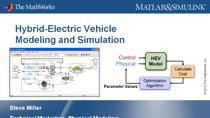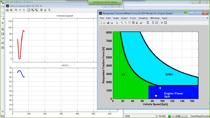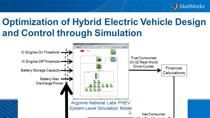Multi-Stack Fuel Cell Electric Vehicle Modeling and Applications
Multi-stack fuel cells offer various performance improvements over traditional fuel cell systems. In this talk, see how MATLAB® and Simulink® can be used to simulate these systems on a component and system level. As an application of this type of model, investigate a control approach to improve the overall efficiency of this multi-stack electric vehicle model for a given drive cycle.
Published: 30 May 2022




